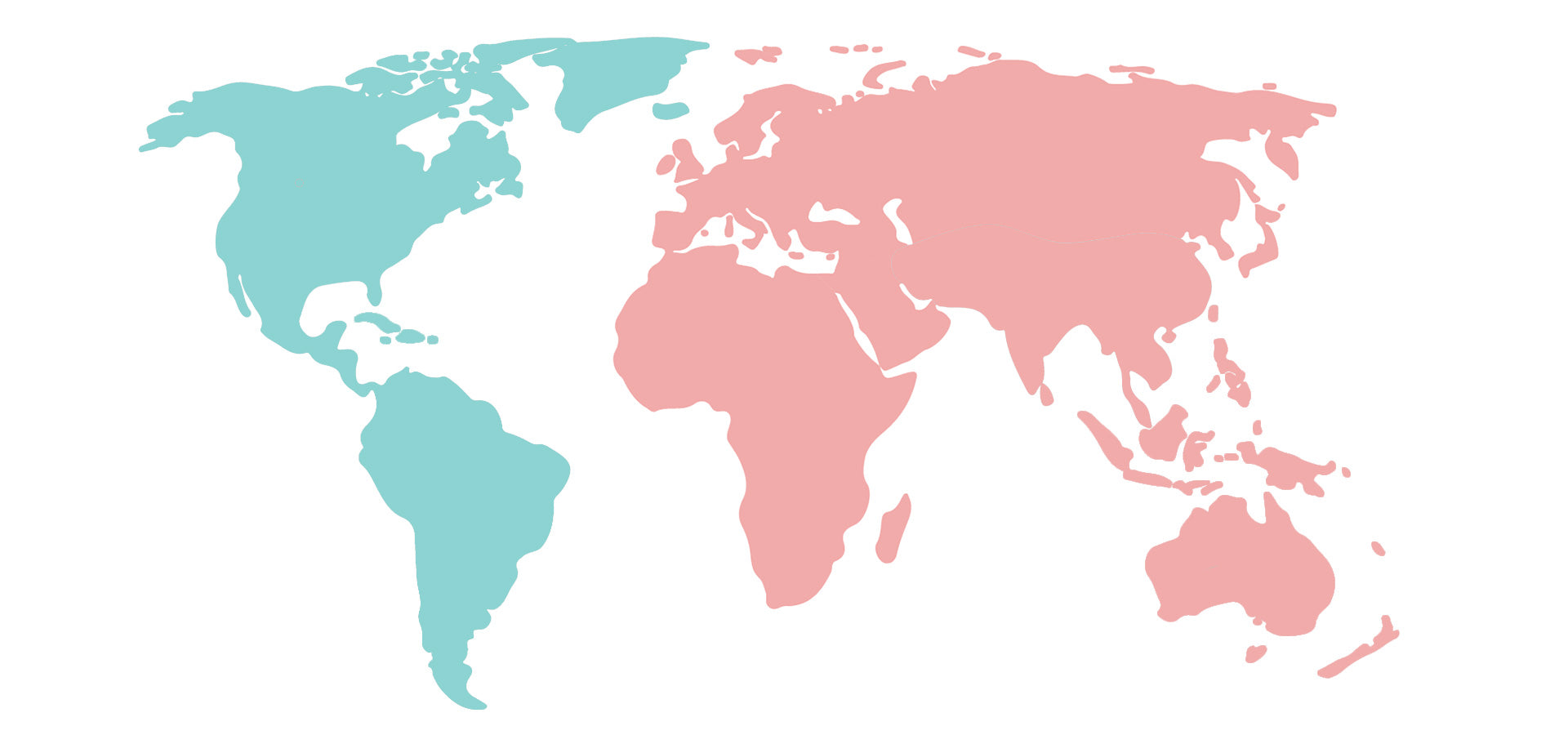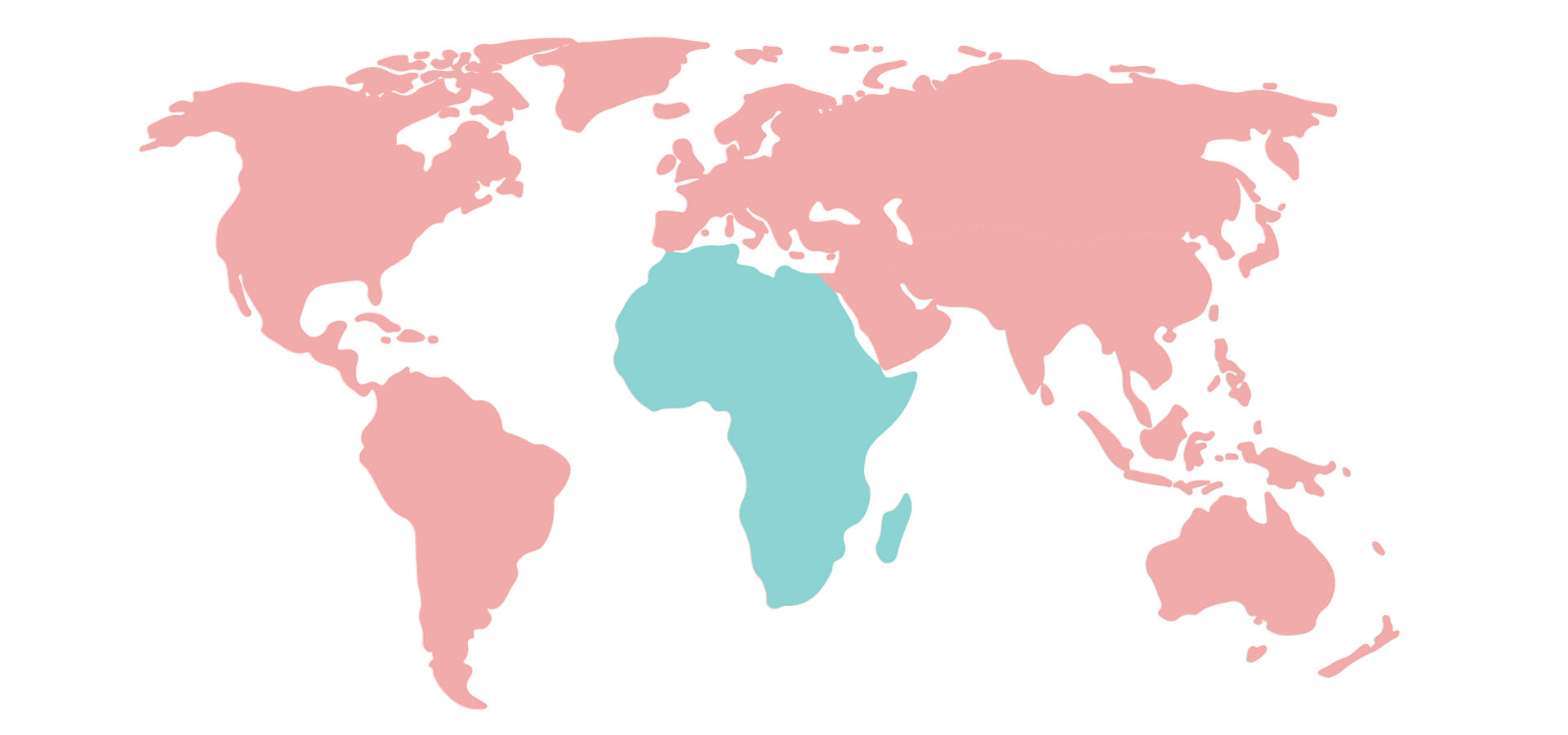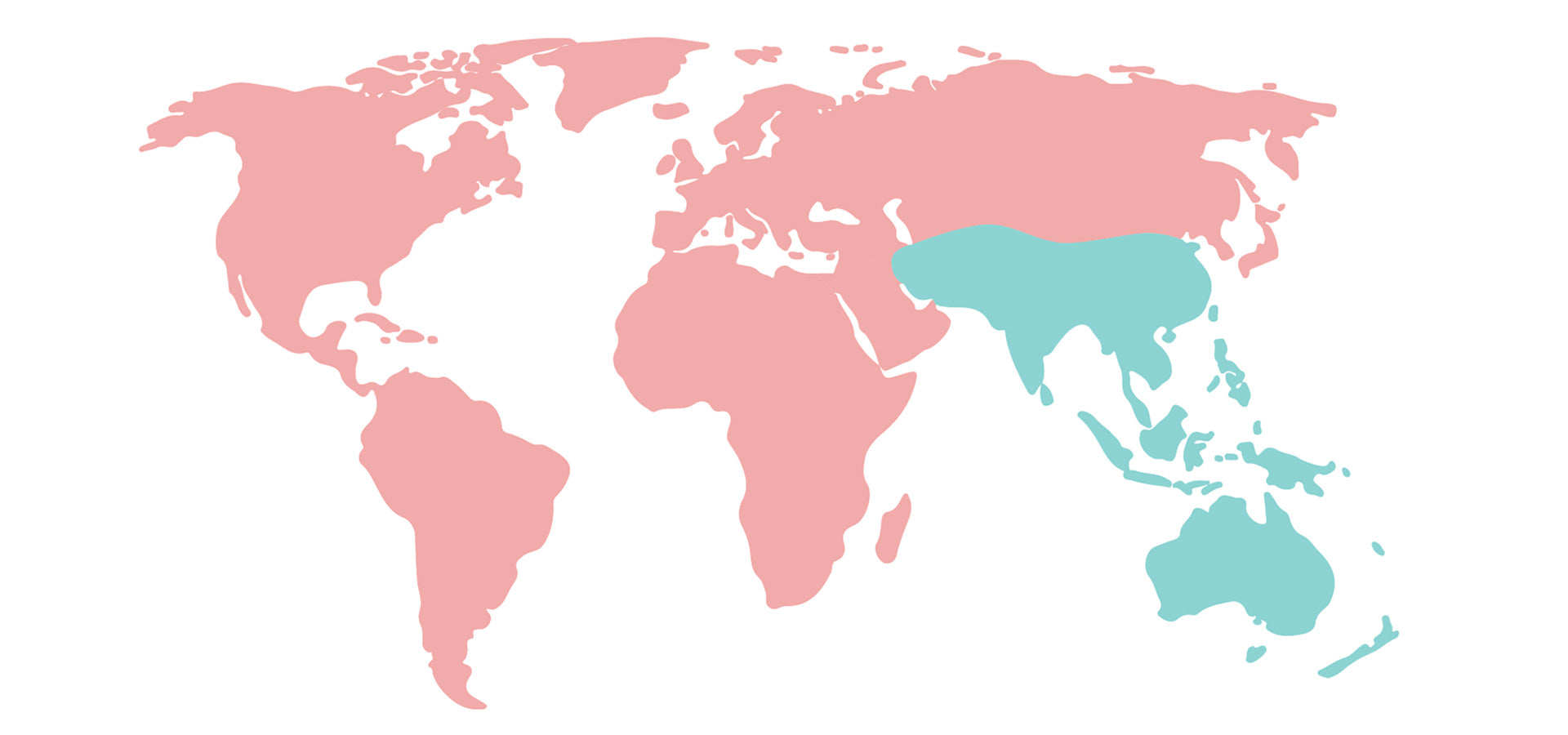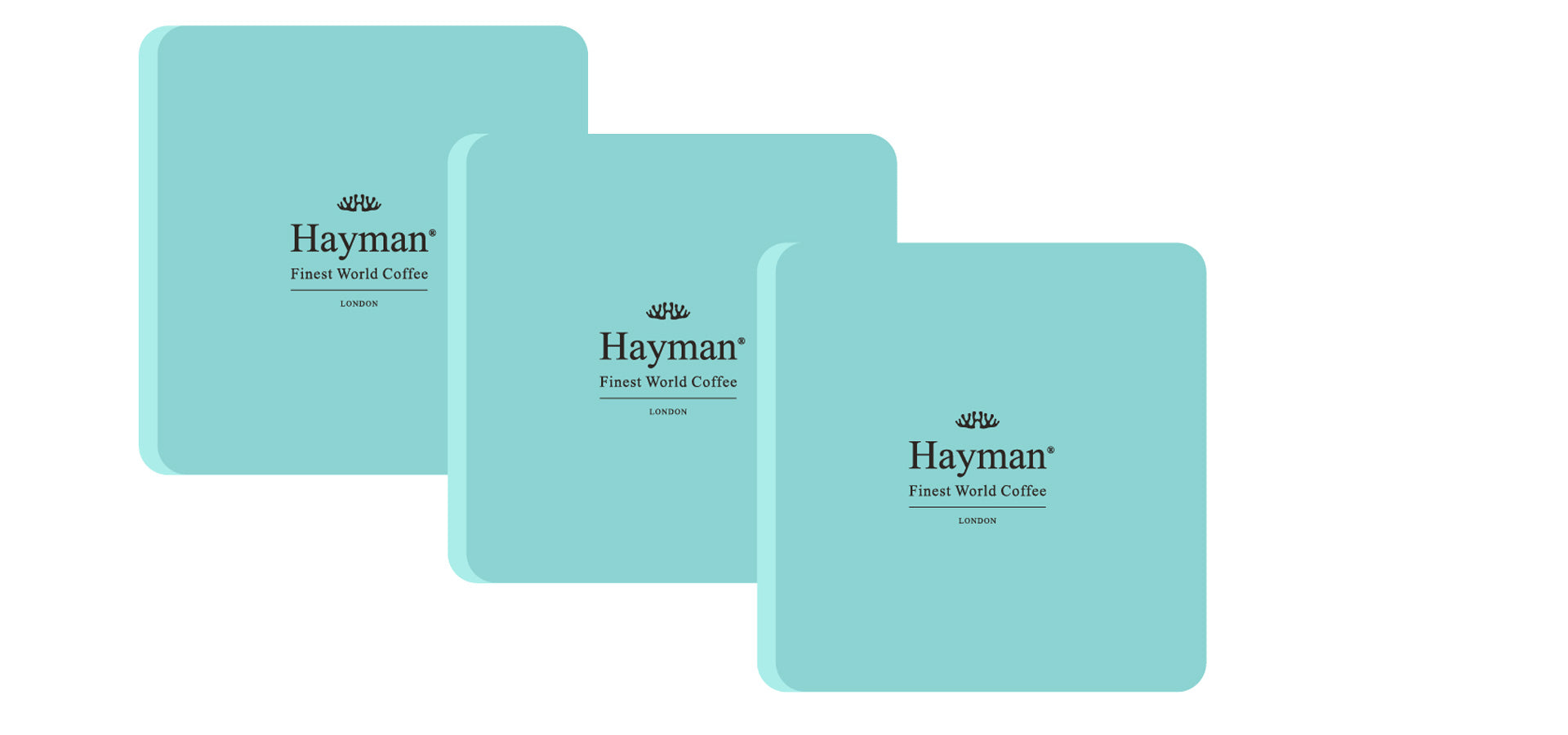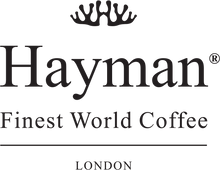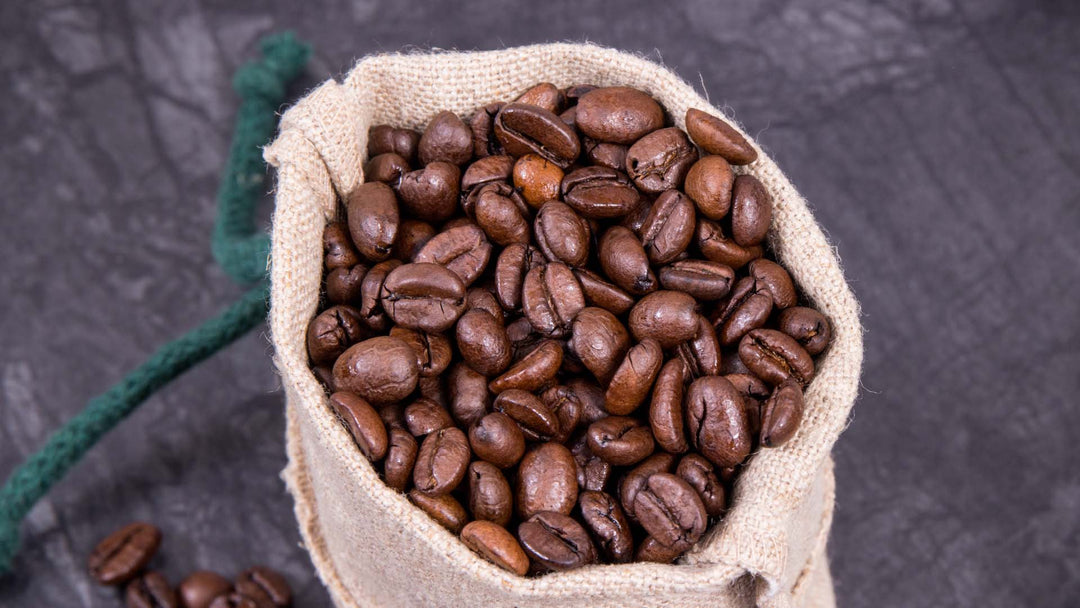How is Coffee Decaffeinated? | Decaf Coffee, 2023 Update

Recent years have seen decaffeinated coffee evolve from a lacklustre imitation to a genuine and delicious choice for millions. These days there are even top specialty coffees available in decaf form, like the Mexico Chiapas Organic Decaf from Hayman. But as we’ve discussed in several articles to date, comparatively few coffee lovers have in 2023 any real idea what decaf is all about. In terms of its properties and how it is manufactured, there’s still enormous confusion and misunderstanding surrounding decaf coffee.
So for those with an interest in decaf and how is coffee decaffeinated, we thought we’d share a few insights on exactly how the caffeine is removed from coffee beans. One extraction process being regarded as significantly safer and more responsible than the other.
1) Decaf Coffee Through Solvent Decaffeination Process
In this instance, solvents are used in conjunction with water to extract the caffeine. The chemical solvent may or may not come into direct contact with the coffee beans, though in both instances can have an impact on the safety of the resulting decaf coffee.
Today, those who continue to use this particular extraction method use solvents like methylene chloride and ethyl acetate. In the past, it wasn’t uncommon for coffee makers to use benzene, trichloroethylene (TCE), dichloromethane and even chloroform – all of which have the potential to wreak havoc on human health.
Water is used to extract the compounds from the green coffee beans, after which the addition of solvents and controlled heating processes result in the removal of the caffeine. After which, the solvents are removed from the liquid, which is then placed back into contact with the beans to allow the flavours and compounds to re-enter the beans, without the caffeine.
The chemical extraction process is fast and efficient, though this type of decaffeinated coffee remains a genuine cause for concern for many.
2) Decaf Coffee Through Swiss Water Process®
The alternative being the Swiss Water Process® (or the similar Mountain Water Process), which today is used by the majority of upmarket and responsible coffee producers worldwide to produce decaf. Originally pioneered in 1933 in Switzerland, the method removes solvents and dangerous elements from the equation entirely.
In the simplest of terms, the process begins with green coffee beans being added to hot water, in order to dissolve and remove the caffeine. The caffeinated water is then passed through a series of natural charcoal filters, which are specifically designed to capture caffeine molecules, while letting all essential flavour and aroma compounds to pass through.
This results in one tank filled with green coffee beans with no flavour or caffeine, along with a second tank filled with super-charged liquid with all the flavours of the beans. The first batch of beans is then discarded, after which the flavourful liquid is added to a fresh batch of beans.
Incredibly, the resulting process extracts the caffeine from the fresh set of beans, though doesn’t remove any of the essential oils and flavour compounds. At least 96% of the caffeine is removed, without adversely affecting the flavour of your decaffeinated coffee.
Unsurprisingly, the Swiss Water Process® takes significantly more time and effort to implement, though is considered to be the safest and most effective of the two options by far.
At Hayman’s online coffee store, you will find the world’s best decaf. Contrary to most other decaf coffees, which are decaffeinated using potentially harmful solvents and chemicals, Hayman’s splendid Mexico Chiapas Organic Decaf is decaffeinated through the innovative Mountain Water Process (similar to the Swiss Water Process®), a 100% chemical-free decaffeination method. Click here to order our incredible Mexico Chiapas Organic Decaf today, we are offering free worldwide shipping on all purchases!
